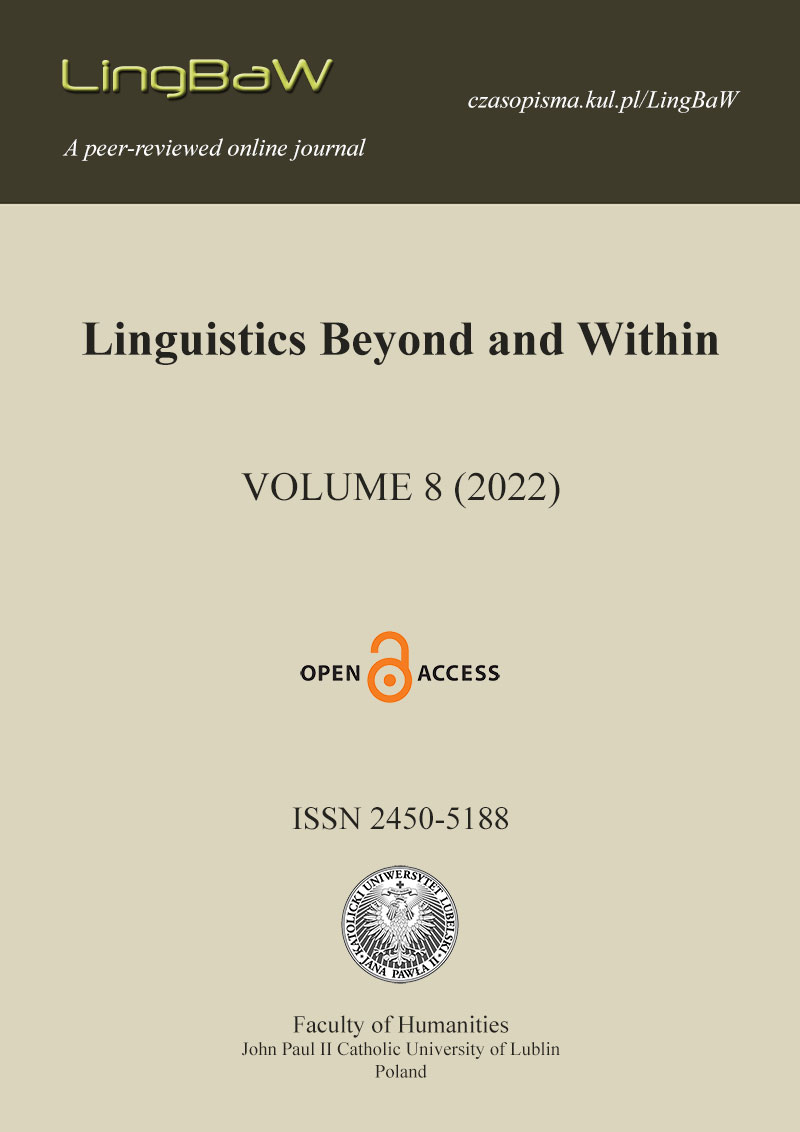The morphology of complex numerals: A cross-linguistic study
The morphology of complex numerals: A cross-linguistic study
Author(s): Lukáš Žoha, Marcin Wągiel, Pavel CahaSubject(s): Morphology, Syntax
Published by: Wydawnictwo KUL
Keywords: complex numerals; counting; morphology; syntax; linguistic typology;
Summary/Abstract: Complex numerals are numerals composed of two or more numeral roots, e.g., three hundred five. Complex numerals fall into two classes called additive (e.g., twenty-three = 20 + 3) and multiplicative (e.g., three hundred = 3 × 100). There are two possible approaches to capturing their structure. Analysis A (e.g., He 2015) says that complex numerals form a constituent that quantifies over entities denoted by the noun. Analysis B (e.g., Ionin and Matushansky 2018) says that each numeral independently combines with the expression denoting counted entities. This article investigates the morphology of complex numerals in a sample of 17 diverse languages to determine which of these analyses (if any) is more accurate. Our goal is to lay out the patterns and discuss how well they fit with these theories. Our preliminary conclusion is that both structures should be allowed based on the data in our sample, though structures adhering to Analysis A (the complex numeral is a constituent) seem to be more common than the other type.
Journal: Linguistics Beyond and Within (LingBaW)
- Issue Year: 8/2022
- Issue No: 8
- Page Range: 200-217
- Page Count: 18
- Language: English

